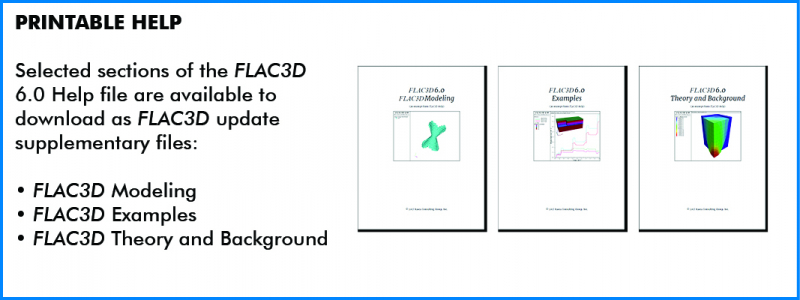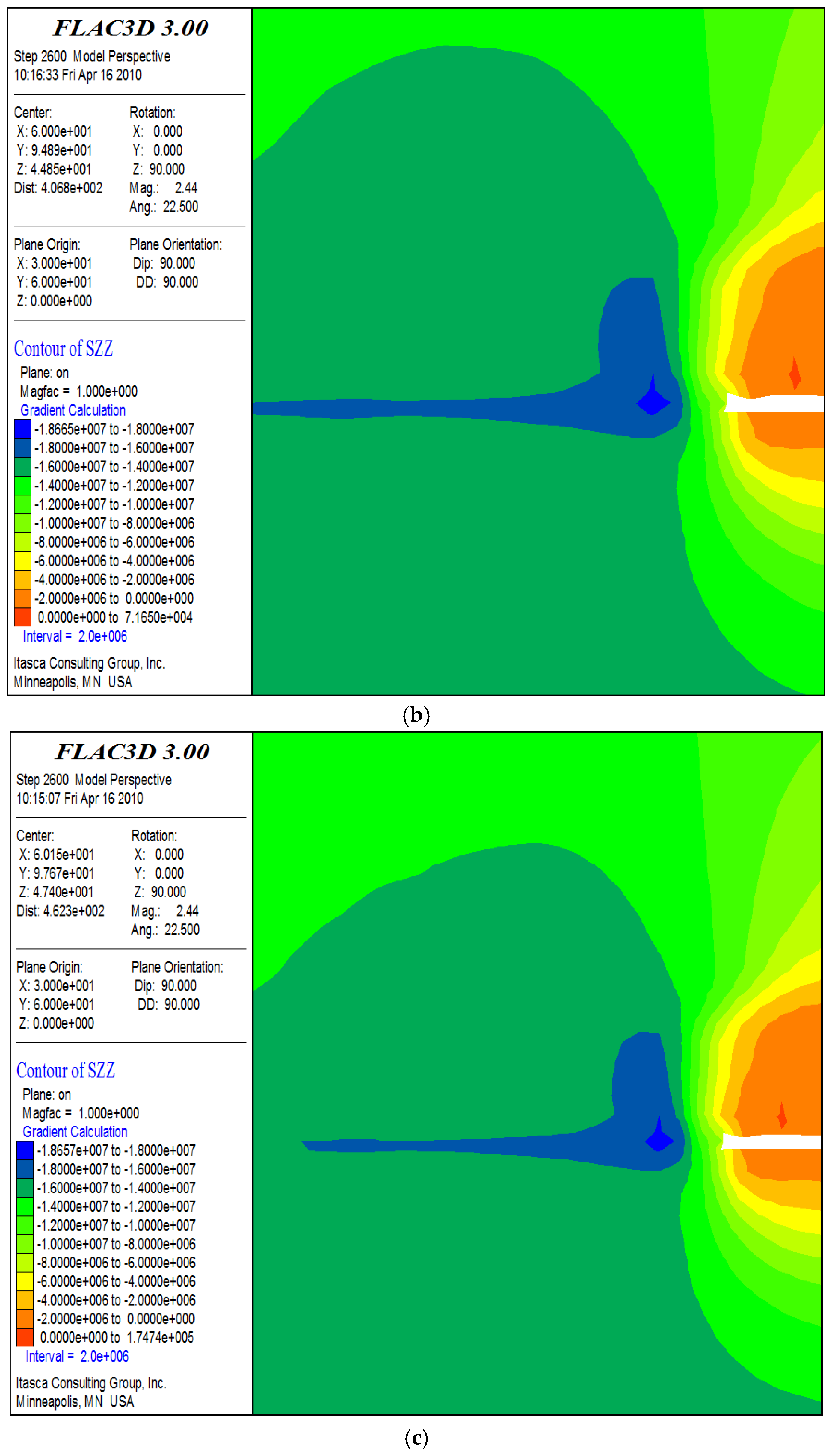

Generally speaking, the induced seismicity potential of the Dinantian fractured carbonates is considered to be higher than for the “conventional” sandstone reservoirs ( Buijze et al., 2019).
NUMBERS GREEN FLAC3D FULL
The full set of reservoir characteristics–tectonic setting, depth, in-situ temperatures, rock competence, poro-perm distribution and the presence or absence of fractures–will affect flow, heat transport and geomechanical response and thereby the seismicity potential of these geothermal plays. The shallower reservoirs in the southeastern part of the Netherlands lie in the Ruhr Valley Graben, a tectonically active region. Consequently, the expected difference between the re-injection temperature and ambient rock temperature is large. The deeper reservoirs among them, which are mainly located in the northern part of the Netherlands, show high in-situ reservoir temperatures up to 190☌ (e.g. These Dinantian carbonates typically show heterogeneous porosity and permeability due to the presence of karstification and fractures, as well as relatively high rock competence. Bouroullec et al., 2019 Ter Heege et al., 2020). Therefore, exploration efforts now also target the potential of the Lower Carboniferous Dinantian play in the Netherlands (e.g. However, the increased demand for sustainable heat and electricity calls for a broadening of the geological targets for geothermal energy. The majority of these doublets target porous sandstone reservoirs of Permian to Cretaceous age ( Buijze et al., 2019).

In the last 2 decades, over 20 low enthalpy geothermal doublet production systems have been successfully developed in the Netherlands (e.g. Geothermal energy can be produced from high-enthalpy geothermal fields, but also low-enthalpy sedimentary formations such as found in intraplate regions like e.g. The role of geothermal energy production in the global energy supply is expected to grow ( IEA, 2020), as the energy transition requires a shift from fossil-fuel based to renewable and sustainable energy sources. Also, it occurs at an earlier stage of the injection period: the release is more gradually spread in time and space for the widely spaced fracture network. For both stress environments, the total seismic moment release is largest for the densely spaced fracture network. The probability of larger earthquakes and the associated seismic risk are thus reduced in low-stress environments. The evolution of seismicity in the low-stress environment depends on the dimensions of the fault area that is perturbed by the stress changes. We derive frequency-magnitude distributions and seismic moment release for a low-stress subsurface and a tectonically active area with initially critically stressed faults. The dense fracture network results in a steeper thermal front which promotes stress arching, and leads to locally and temporarily high Coulomb stressing and seismicity rates. We show the seismic response of the fault, in terms of the timing of elevated seismicity and seismic moment release, depends on the fracture density, as it affects the temperature decrease in the rock volume and thermo-elastic stress change on the fault. This ring can be related to the “passage” of the cooling front. During later stages, models show the development of an aseismic area surrounded by an expanding ring of high seismicity rates at the edge of the cooling zone. The evolution of seismicity during injection is non-stationary: we observe an ongoing increase of the fault area that is critically stressed as the cooling front propagates from the injection well into the reservoir. Injection of fluids into the reservoir causes cooling of the reservoir, thermal compaction and thermal stresses. We model the seismic response of a fault in a highly fractured and a sparsely fractured carbonate reservoir. Seismicity rates are then used to derive the time-dependent frequency-magnitude distribution of seismic events. Adopting rate-and-state seismicity theory we assess induced seismicity rates from stressing rates at the fault.
NUMBERS GREEN FLAC3D SIMULATOR
We employ a coupled numerical thermo-hydro-mechanical simulator to simulate the evolution of pressures, temperatures and stress on the fault. This paper describes and deploys a workflow to assess the evolution of seismicity associated to injection of cold fluids close to a fault. TNO Applied Geoscience, Utrecht, Netherlands.


 0 kommentar(er)
0 kommentar(er)
